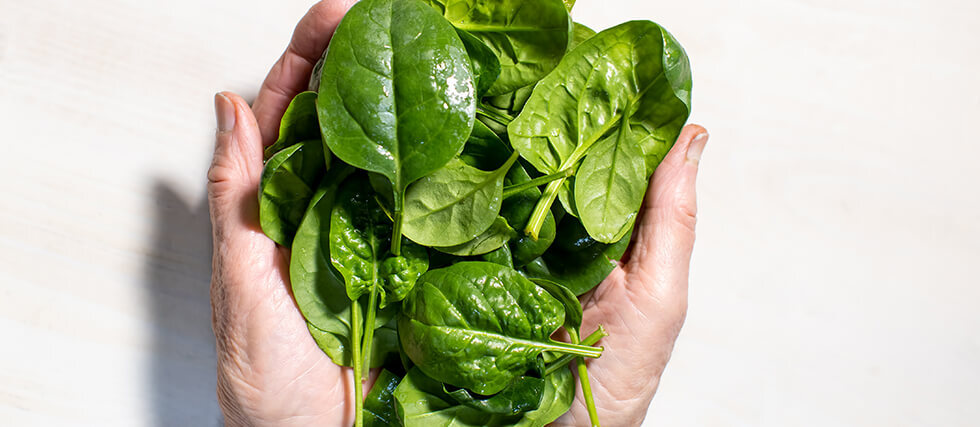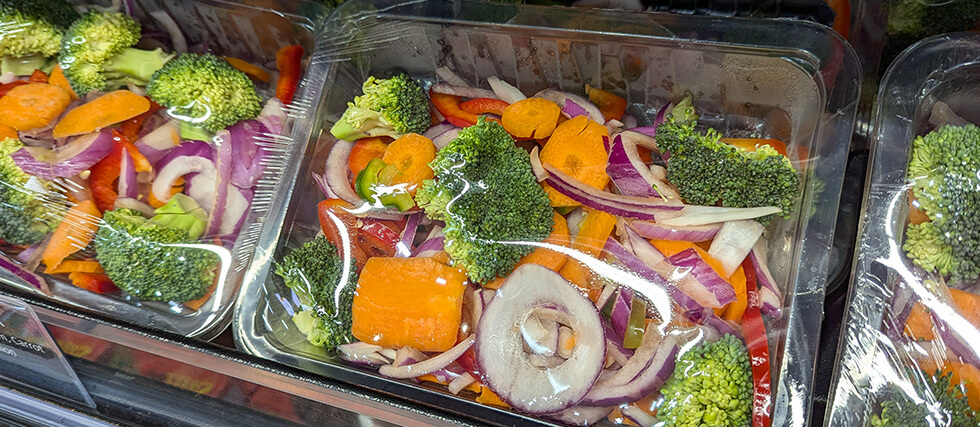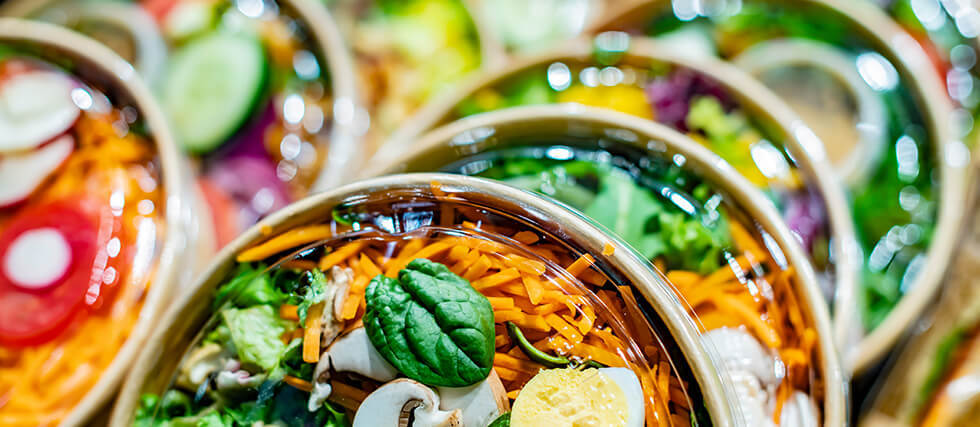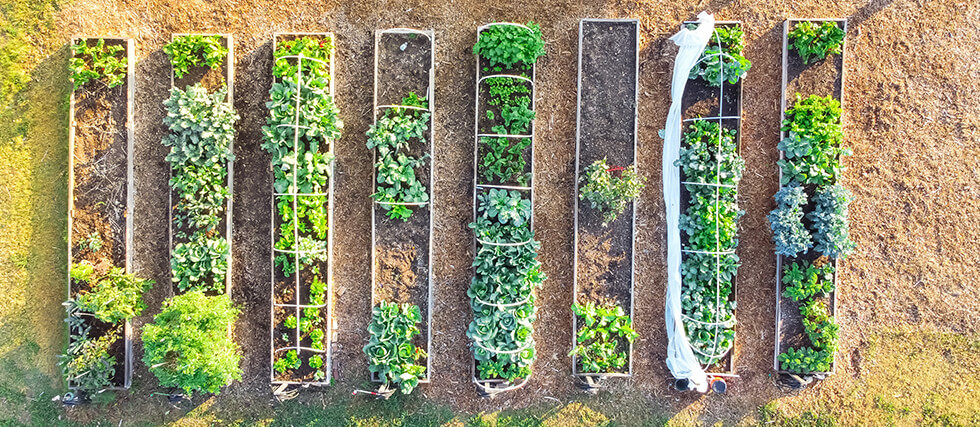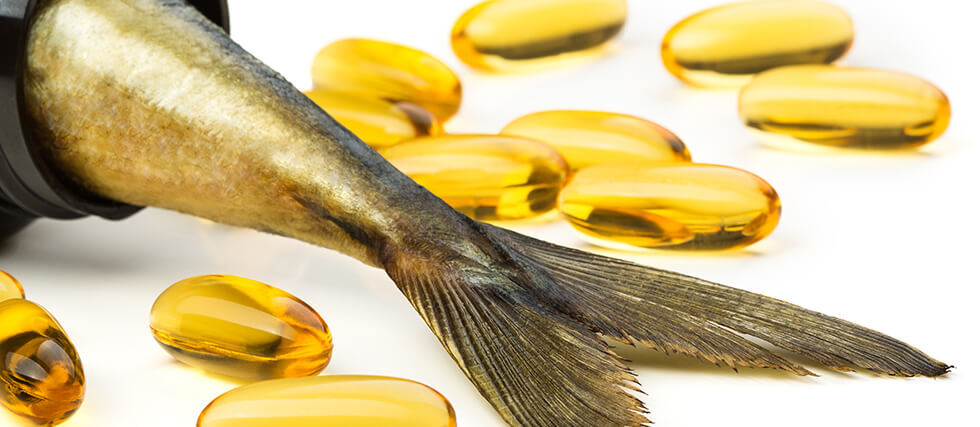Should You Jump on the Morning Handful of Spinach Trend? Here’s What Science Says
TikTok has once again given rise to a quirky health trend—this time, people are eating handfuls of raw spinach straight from the fridge as their first meal of the day. The claim? A supposed “max nutritional benefit boost,” along with reduced cravings for sugar and carbs. But is there any science behind this, or is it just another fleeting internet fad?
The trend hinges on consuming raw spinach first thing in the morning, without blending it into smoothies or incorporating it into meals. While spinach is undeniably nutrient-rich—packed with iron, potassium, and vitamins—experts remain skeptical about its supposed benefits when eaten this way. Christina Manian, RDN, notes that while spinach is highly nutritious, it doesn’t provide a complete range of essential nutrients.
Plus, the idea that eating bitter greens “trains your tastebuds” lacks strong human-based evidence. Some research on rats suggests that exposure to bitter foods can reduce sensitivity to bitterness over time, but human studies show that restricting food cravings often leads to increased hunger and potential bingeing.
However, there is merit to food sequencing—starting meals with vegetables can help regulate blood sugar and satiety. So, if eating raw spinach in the morning works for you, go for it!
Experts agree that any effort to increase vegetable intake is beneficial. But if the thought of chewing plain leaves feels unpleasant, rest assured—incorporating spinach into any meal throughout the day is just as good for your health.


